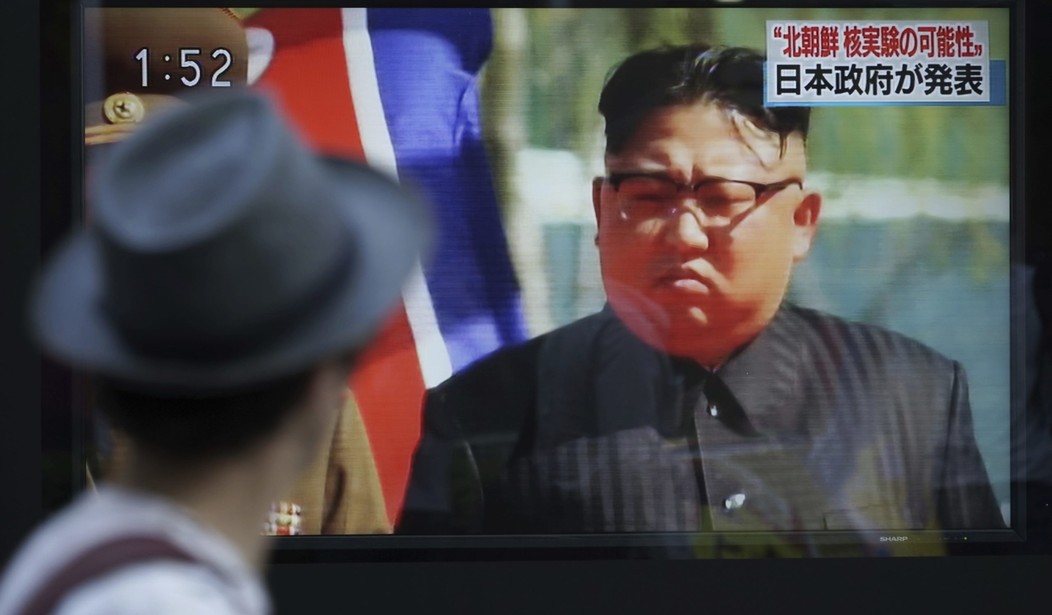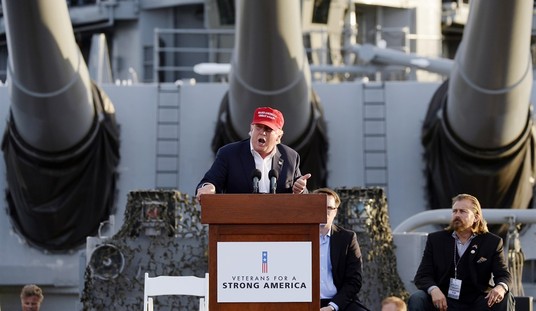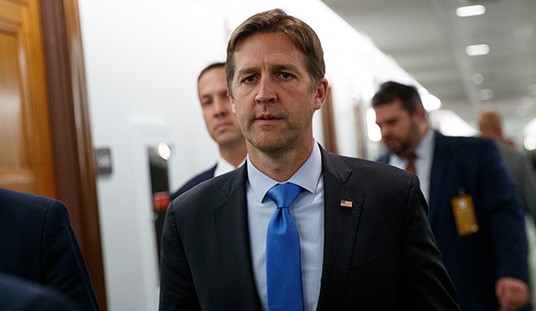The likelihood that North Korea will soon have a thermonuclear weapon and long-range delivery system may have started the countdown to a nuclear-armed Japan and South Korea. Seismographic evidence of a powerful subterranean nuclear test blast suggests that Pyongyang is not bluffing when it says it can rain down fire on great capitals. “Hours before North Korea announced it had tested a hydrogen bomb, its state-run news agency had a stark message for the world: We’ve developed a more powerful nuclear weapon and we can make as many of them as we want.”
As this article on U.S. missile defense options notes, the ICBM threat from Iran and North Korea is not only real, but even the defense of the North American continent against them is by no means assured. A “hypothetical Iranian ICBM (based on the North-Korean Unha-3 space launcher) heading towards the Northwestern United States” will be vulnerable in a window only 300 seconds wide to interceptors in Poland.
The intercept timing for Japan or South Korea for a shot aimed at Guam, for example, is even tighter due to their proximity to the missile launch sites.
Based on the time/distance envelopes for SM-2 and SM-3 missile intercepts calculated from Joan Johnson-Freese (a professor at the Naval War College and a lecturer at Harvard University) and Ralph Savelsberg (an assistant professor at the Netherlands Defence Academy), an Aegis defender [of Japan] would only have a few minutes to get off a shot at an ICBM launch from North Korea. Aegis-equipped destroyers and cruisers would have to be dangerously close to the North Korean coast to get a chance to strike an ICBM in “boost” phase as it rose and could be vulnerable to North Korean submarines if an actual attack were planned.
The entire core Western world — Japan, South Korea, Western Europe and the North American continent itself; the great gleaming capitals of Tokyo, Seoul, Paris and London — now lies under the gun of potentially sacrificial launch sites. Whether they are secretly supported by great powers and whether Iran and North Korea have cooperated to jointly create a WMD system is not openly known. But it is fairly certain that with preemption not an effective option and defense at best uncertain, nuclear weapons containment may finally be dead.
The road that led to the funeral was paved with good intentions. Robert Litwak, who served on the National Security Council staff as director for nonproliferation in the first Clinton administration, explained what Barack Obama was trying — and ultimately failed — to achieve in a 2013 interview.
Obama came to office with a commitment to engage “rogue” states, which he repositioned by referring to them as “outliers” and offered them a structured choice with a significant upside and penalties for noncompliance. And that engagement strategy, the hand that Obama extended to North Korea and Iran in his first inaugural address, was rebuffed. That is the situation that we’re in right now.
That approach was still being advocated as late as April of 2017. An article in The Atlantic hopefully declared: “we are now at an existential moment, where North Korea must be confronted with a fundamental choice: Either it will face crippling global economic sanctions (including a Chinese oil embargo) that could trigger the collapse of the regime, or it will negotiate a verifiable end to its nuclear weapons development program.”
But Kim picked what the negotiators believed was an irrational option, perhaps not for the last time. Even the Obama administration must have guessed that failure was not only possible but likely for they left an epic “by the way” note to the next administration.
When President Barack Obama’s term ended in January, he left a momentous decision to the Trump administration: whether to continue a 30-year, $1 trillion program to remake America’s atomic weapons, as well as its bombers, submarines and land-based missiles. …
“This is why there is no real five-year plan for the defense budget,” said Representative Adam Smith, Democrat of Washington and a member of the House Armed Services Committee, who has asked whether the United States needs all of the 1,550 nuclear weapons it can deploy under a 2010 treaty with Russia. “No one wants to face these numbers.”
P.S.: You have to refurbish 1,550 weapons under the treaty with the ex-reset partner Russia. That won’t go down well in Washington nor in allied capitals all over the world.
Follow Wretchard on Twitter
For a list of books most frequently purchased by readers, visit my homepage.
Support the Belmont Club by purchasing from Amazon through the links below.
Books:
The Pursuit of the Millennium: Revolutionary Millenarians and Mystical Anarchists of the Middle Ages, by Norman Cohn. The end of the millennium has always held the world in fear of earthquakes, plague, and the catastrophic destruction of the world. At the dawn of the 21st millennium the world is still experiencing these anxieties, as seen by the onslaught of fantasies of renewal, doomsday predictions, and New Age prophecies. This fascinating book explores the millenarianism that flourished in western Europe between the 11th and 16th centuries and offers an excellent interpretation of how, again and again, in situations of anxiety and unrest, traditional beliefs come to serve as vehicles for social aspirations and animosities.
The Genius of Birds, by Jennifer Ackerman. According to revolutionary new research, some birds rival primates and even humans in their remarkable forms of intelligence. Ackerman travels around the world to the most cutting-edge frontiers of research – in Barbados and New Caledonia, the bowerbird habitats of Australia, the ravaged mid-Atlantic coast after Hurricane Sandy and the warming mountains of central Virginia and the western states – and delves deeply into the latest findings about the bird brain itself that are shifting our view of what it means to be intelligent.
The Prize: Who’s in Charge of America’s Schools?, by Dale Russakoff. When Mark Zuckerberg announced to a cheering Oprah audience his $100 million pledge to transform the downtrodden schools of Newark, New Jersey, then mayor Cory Booker and Governor Chris Christie were beside him, vowing to help make Newark “a symbol of educational excellence for the whole nation.” But their plans soon ran into the city’s seasoned education players, fierce protectors of their billion-dollar-a-year system. It’s a prize that, for generations, has enriched seemingly everyone, except Newark’s children. This book is an absorbing portrait of a titanic struggle, indispensable for anyone who cares about the future of public education and the nation’s children.
For a list of books most frequently purchased by readers, visit my homepage.
Did you know that you can purchase some of these books and pamphlets by Richard Fernandez and share them with your friends? They will receive a link in their email and it will automatically give them access to a Kindle reader on their smartphone, computer or even as a web-readable document.
The War of the Words, Understanding the crisis of the early 21st century in terms of information corruption in the financial, security and political spheres
Rebranding Christianity, or why the truth shall make you free
The Three Conjectures, reflections on terrorism and the nuclear age
Storming the Castle, why government should get small
No Way In at Amazon Kindle. Fiction. A flight into peril, flashbacks to underground action.
Storm Over the South China Sea, how China is restarting history in the Pacific
Tip Jar or Subscribe or Unsubscribe to the Belmont Club










Join the conversation as a VIP Member